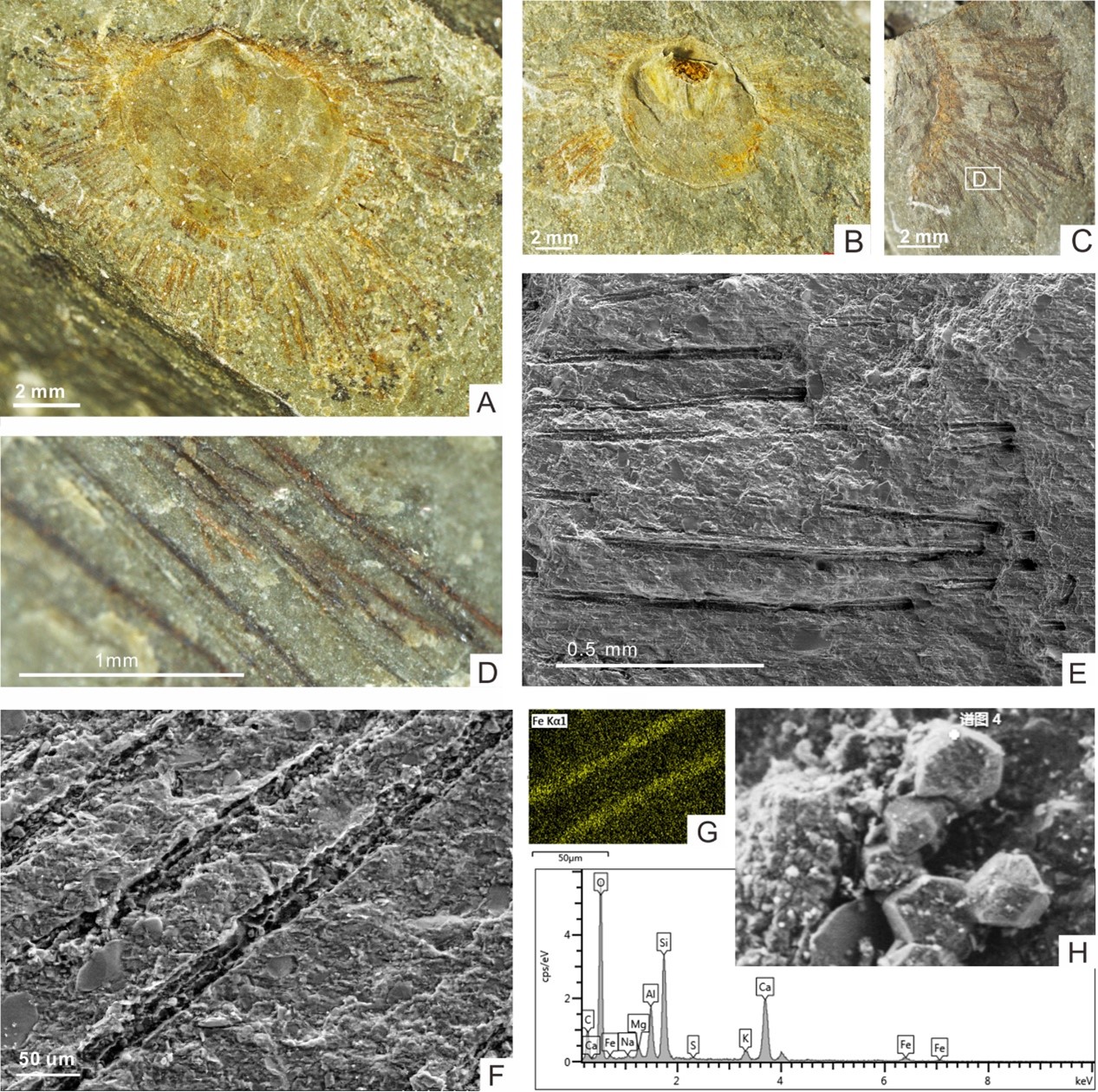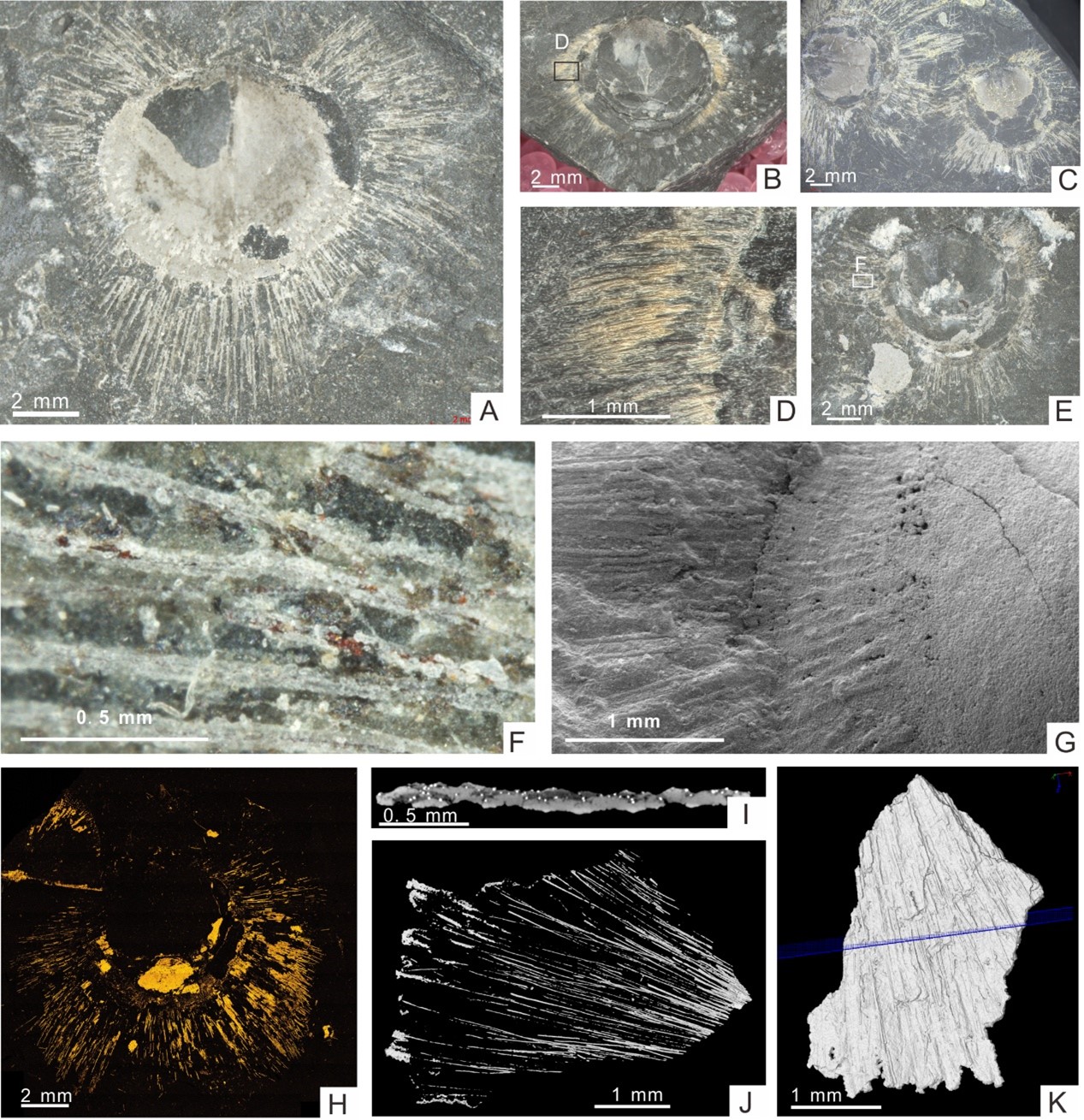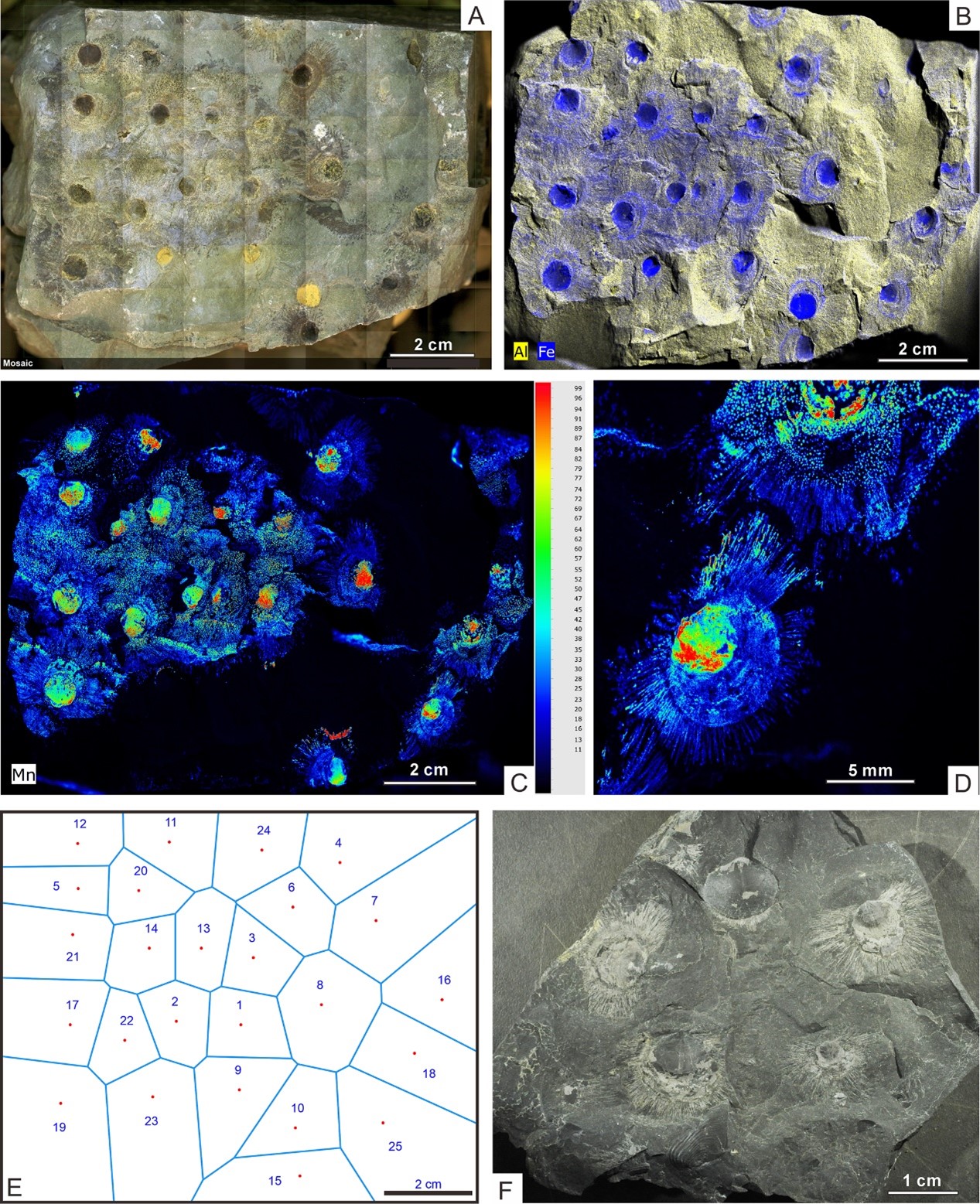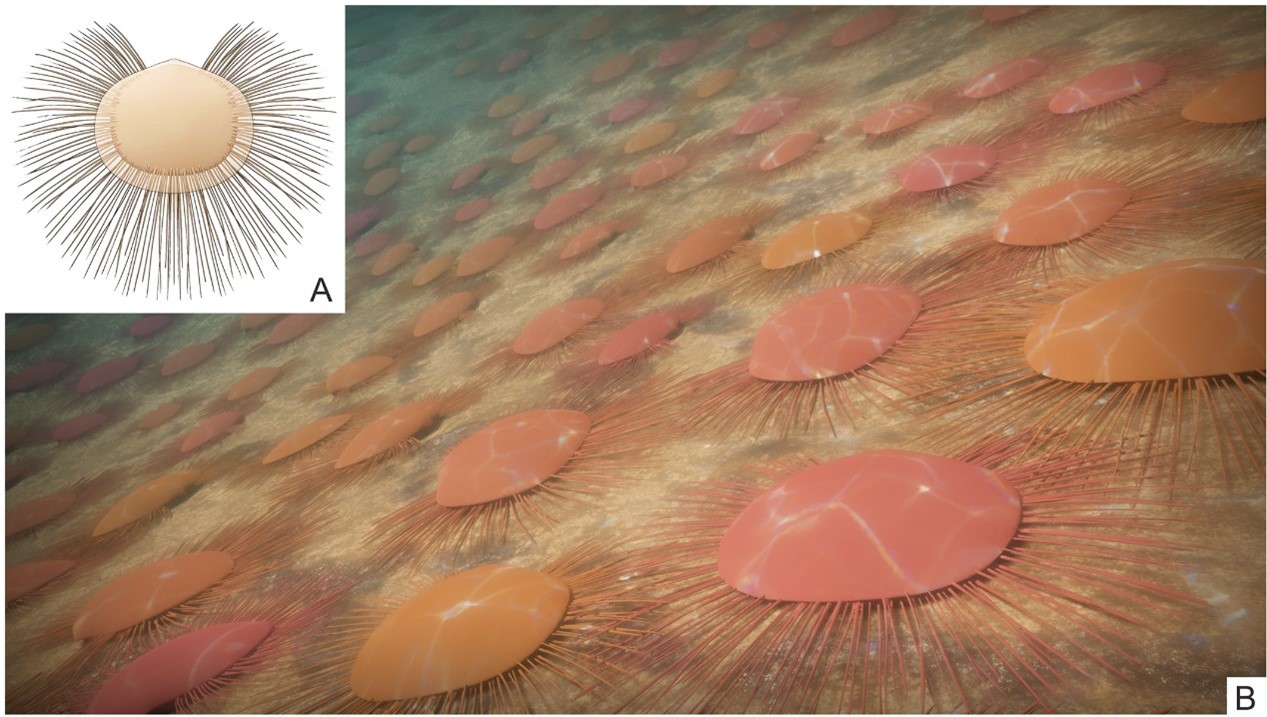Understanding the spatial patterns of fossil species is a key goal in paleoecology, but direct evidence for how ancient organisms regulated their spacing using their own structures has been elusive. Recently, researchers Huang Bing and Rong Jiayu from Nanjing Institute of Geology and Palaeontology, Chinese Academy of Sciences, conducted a detailed study on a fossil population of early Silurian brachiopods, approximately 436 million years old, discovered in the Tongzi and Renhuai region of Guizhou Province, South China. They have revealed for the first time how these ancient marine bottom-dwellers “cleverly” used tiny structures on their bodies, their setae, to maintain "social distancing" from each other, forming a remarkably orderly living arrangement. This research has been published in the journal PNAS.
Brachiopods were a dominant group in Paleozoic oceans, and this study focuses on a species named Nucleospira calypta. The in situ preserved fossils in this study perfectly capture the organisms' final moments, offering scientists a rare window into an ancient community. The specimens show exceptionally rare preservation of setae, structures found on the edge of the brachiopod's mantle. Setae are slender, flexible, bristle-like structures that are extremely difficult to preserve in the fossil record, especially in post-Cambrian rocks.
Using a combination of modern analytical techniques, including Scanning Electron Microscopy (SEM), X-ray Fluorescence (XRF), and Micro-Computed Tomography (micro-CT), the researchers not only reconstructed the detailed morphology of these setae, which are about 20 micrometers in diameter (Figs. 1-3), but also uncovered a unique preservation pathway. The setae were rapidly pyritized in an anoxic environment, then encased in a calcite coating under less acidic conditions (Fig. 2F). This protected them from compaction and oxidation, allowing their microscopic form to be preserved even after the pyrite later altered to iron oxides.
After confirming the nature of these delicate structures, the researchers turned their attention to the layout of the entire population. By applying spatial point pattern analyses, such as Nearest Neighbor Analysis (NNA) and Thiessen polygons, they discovered that the distribution of these brachiopods was not random. Instead, it showed a statistically significant, non-random, checkerboard-like pattern (Fig. 3E). This "checkerboard" arrangement strongly suggests a mechanism for regulating spacing between individuals.
How was this precise arrangement achieved? The researchers found a clear quantitative relationship between the average distance between individuals and the length of their preserved setae: the spacing is approximately 1.5 to 2 times the length of the setae. Such positional adjustments in seemingly stationary organisms are not without precedent; for example, modern barnacles can migrate very slowly after settling to optimize their living space. It can be inferred that the smooth, discoidal shell and lack of a pedicle (a fleshy stalk) in Nucleospira calypta would have allowed for slow, millimeter-scale sliding, either pushed by weak currents or through minute movements of the animal itself. When individuals got too close, their extended setae would have made contact with their neighbors. Over long periods, this continuous physical contact likely prompted the population to gradually reach a stable configuration that minimized interference and optimized the use of space (Fig. 4). This is crucial for filter-feeding organisms, as it minimizes interference between their feeding currents.
This study is the first to directly link a detailed anatomical structure (setae) with a statistically significant spatial pattern in a fossil population. It provides direct fossil evidence for the core paleoecological question of how biological interactions shape community structure. It demonstrates that the formation of ancient populations was not solely governed by passive environmental factors or random larval settlement; interactions between individuals, mediated by their morphology, also played a crucial role. This discovery not only deepens our understanding of the complexity of Paleozoic marine ecosystems but also highlights the significant ecological impact that seemingly minor anatomical features could have over the course of evolutionary history.
Reference: HUANG Bing*. and RONG Jiayu. 2025. Ancient seabed checkerboard: How setae shaped spatial distributions of Silurian brachiopods. PNAS. https://doi.org/10.1073/pnas.2509354122.

Figure 1. The brachiopod Nucleospira calypta and its setae preserved as iron oxides: interior mold of the ventral valve and close-ups of setae (A–D), together with SEM images and EDS spectra (E–H).

Figure 2. Morphology of N. calypta setae preserved beneath the mineralized coating (A–F), their microstructure (F–H), and Micro-CT three-dimensional reconstructions (I–K).

Figure 3. In-situ fossil assemblage of N. calypta with XRF elemental maps (A–D), a Thiessen-polygon (Voronoi) analysis of spatial distribution (E), and an additional example of a small cluster (F).

Figure 4. Specimen-based reconstruction of a single N. calypta individual with marginal setae (A) and an ecological reconstruction of the living assemblage (B).
Download:
